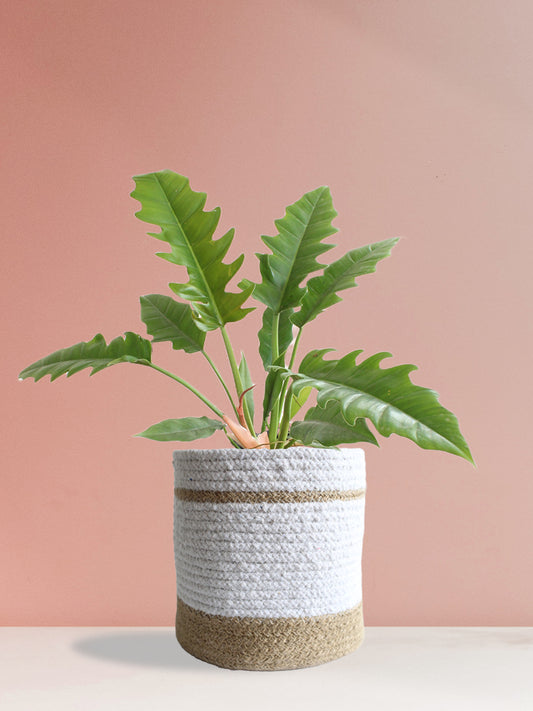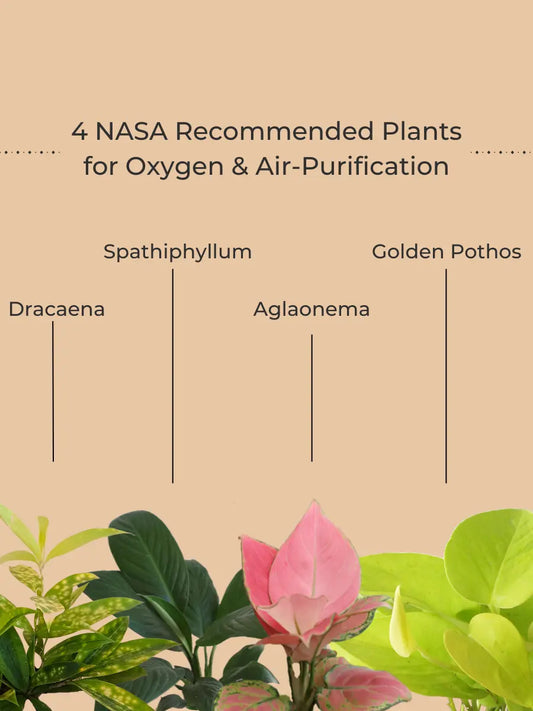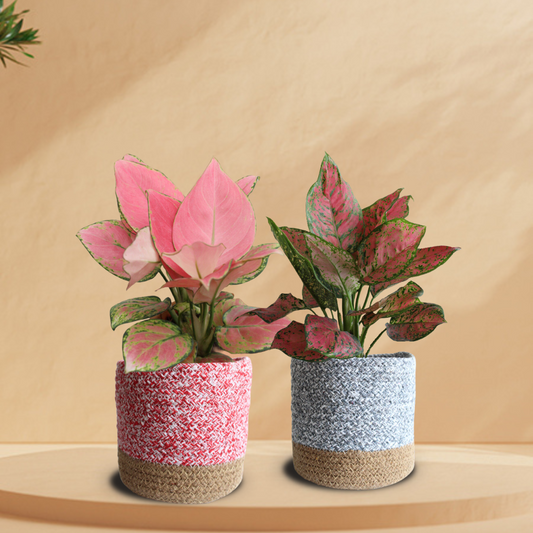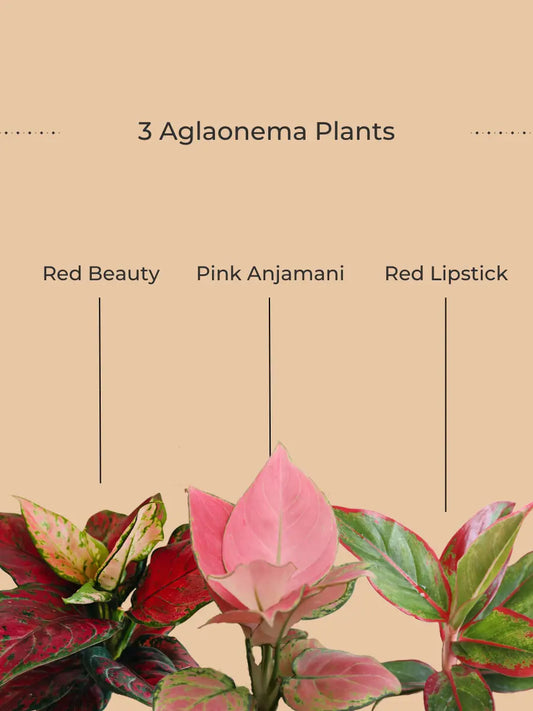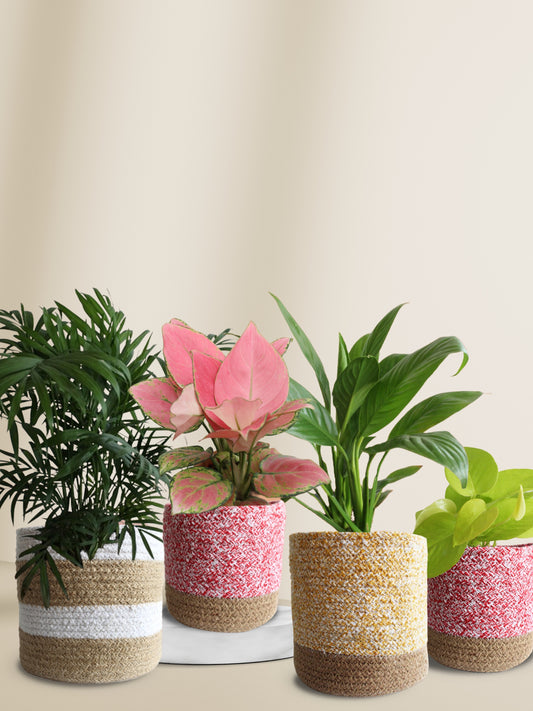Guide: How do you make a sensory garden for kids?
A sensory garden is used to stimulate learning and the senses. From choosing the plants, materials to benefits and tips see what we found.
Browsing through the hundreds of ideas? Here's something useful. A garden of senses.
Read on to find out how to build a stimulating sensory garden and an outdoor learning space for kids.
What is a Sensory Garden for Children?
A sensory garden is built to trigger various neurological experiences, new, familiar and in exciting combinations. From sensory panels to sound triggers– sensory gardens are designed areas which are devoted to generating subtle yet highly impactful experiences.
Kids can engage or walk, run, roam and sit to take in the experience, all so depending upon how the garden is curated. It helps to improve elements of their elementary cognitive function.
Also Read: Safe Plants for Kids Room
What Items Belong in a Sensory Garden?
Generally the following items would be needed to create your sensory garden:
1. Plant
They aid in providing visual and tactile experiences.
2. Furniture
Sensory toys are designed to stimulate a child's five senses: sight, sound, touch, smell, and taste.
3. Toys
Sensory toys are designed to stimulate a child's five senses: sight, sound, touch, smell, and taste.
4. Flowers
Flowers bloomingly freshen up the senses and brighten up our moods.
Checkout these indoor plants.
11 Tips to Create a Sensory Garden for Kids?
Here are 11 tips that'll help you create a sensory garden for kids:
- Design keyhole gardens: A raised garden with a keyhole shaped indentation is called a keyhole garden. It can add a fun and useful element to the other sensory keys of your design.
- Choose wooden planters. Adding wood will create a contrasting sensory experience to the plants and flowers in the garden.
- Think about mirrors. Position outdoor mirrors in the center of raised beds to add a naturalistic visual effect. Be creative and think like a child.
- Sounds can add an extra layer of fun. Install a rainwater collection system for auditory experiences. Sound effects for the garden will help when it comes to watering plants.
- Statues, chimes or frames. Choose between a free-standing or wall-mounted element.
- Ensure keeping your space pesticide-free and understandably safe for children.
- Include plants of different fragrances, tastes, different textures, and can attract butterflies too. Not to mention, many plants are easy to grow and don’t require much space.
- Design enjoyable play space garden by arranging proper seating space in the garden and wander along spacesto collect treasures.
- Turn your kids into bird feeders, bird watchers. Bird watching is a great way to get to know one of your local ecosystem’s inhabitants and learning a few bird songs.
- Planting climbing trees and vines will instill a sense of collective adventure and a fun physical activity.
- Including a water wall can be a fantastic way to cool off and splash around without needing a pool.
Also Read: Benefits of Succulents
Benefits of a sensory garden for kids
It is vital to note down the following benefits kids have while playing in a sensory garden:
1. Improved mood and emotional regulation, linked with mindfulness: Being and spending time in nature is not only recreationally fun but also helps in building better cognitive function.
2. Exercise and Play time: Often children are enclosed in homes and rarely experience play time outside confinements,outdoor activities that involve running and roaming will give them the necessary movement and exercise for their growth.
3. Fostering creativity: Children get more creative outdoors. According to a study, children are more likely to use imaginative problem solving when left to play in open outdoor spaces.
4. Curiosity: Seeing and experiencing new things around them will germinate a budding sense of curiosity in kids which is vital for their growth.
5. Exposure to sunlight: Often neglected and yet of utmost importance. Sunlight is essential for Vitamin D formation, limiting kids to indoor care might lead to deficiency of this vitamin and hamper their nourishment. Sensory gardens can help in providing necessary sunlight exposure to kids.
Conclusion
To sum up, A sensory garden is a very experiential and meaningful place for kids. Kids learn by doing and experience, the garden can be a stimulating place to learn any subject. It has a multiplicity of benefits and truly engages kids at its core.
Find out more at Greenkin.
FAQs
Q1. What are sensory activities?
Ans. Sensory activity that stimulates our senses – touch, sight, hearing, smell and taste. It helps children interact with and make sense of the world that surrounds them.
Q2. What are the objectives of the sensory garden?
Ans. Sensory garden is all about stimulating and engaging the five basic senses of sight, smell, sound, touch and taste
Q3. What are sensory toys?
Ans. Sensory toys are toys that are designed to stimulate a child's five senses.







